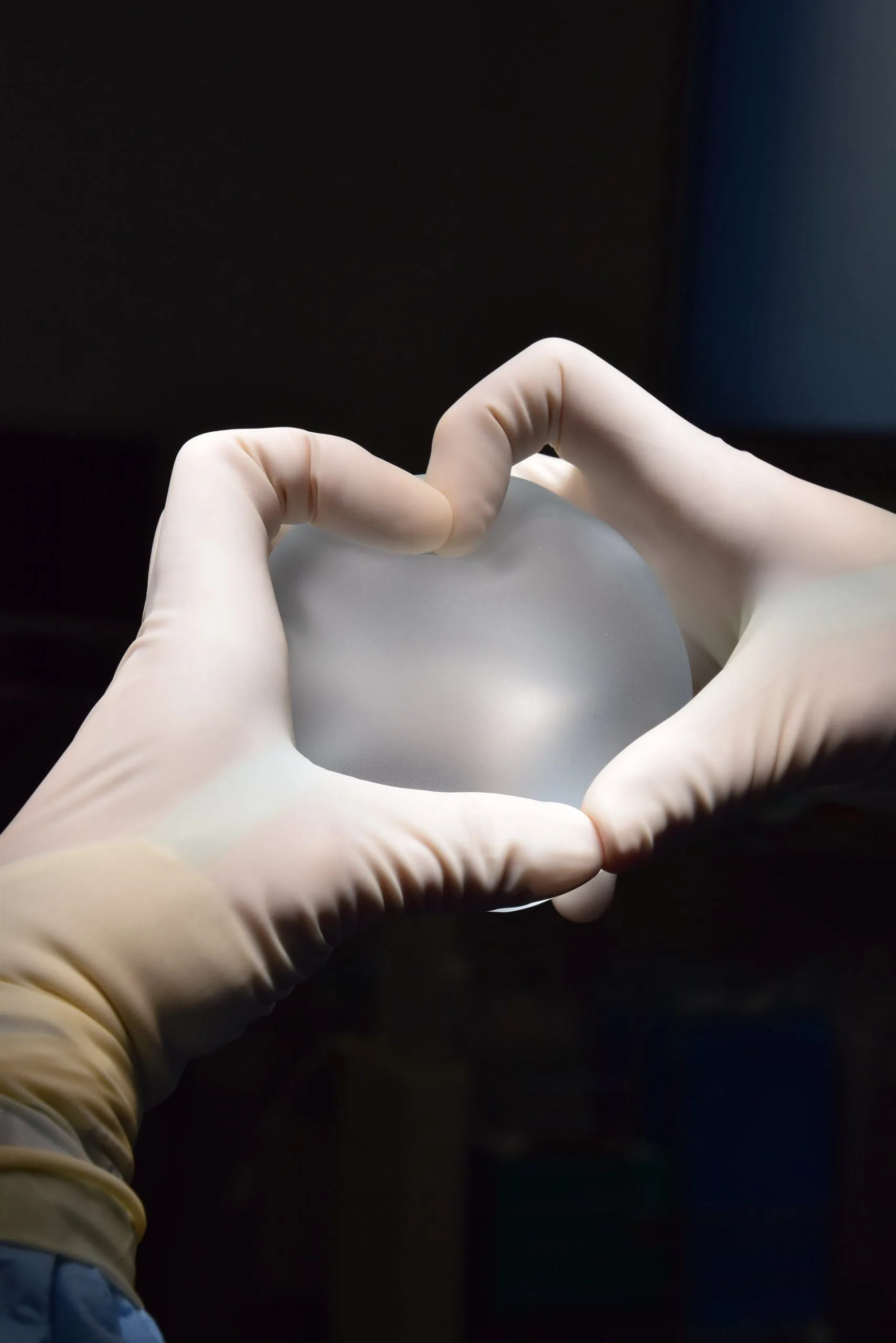While both are acceptable procedures, the effectiveness of each depends on a patient’s desire or goal. While most patients are pleased with both surgeries, methods and results can fluctuate. Before deciding between fat transfer and implants, it is advised that you consult a specialist for guidance.
The standard procedure for modifying a woman’s breast size and form is cosmetic surgery. In this case, breast implants, sometimes known as a “boob job,” are prevalent. There are numerous surgical and non-surgical alternatives for breast enhancements for women.
Implants and fat transfer are alternative options. Considering the advantages and disadvantages of each operation is a time-consuming endeavor, and there is no clear and definitive reason for choosing one over the other. Longevity Live Paid Content.
What happens when a fat transfer occurs
Many women question whether fat transfer or implants are superior. Fat transfer allows women to avoid silicone implants’ artificial look and feel while still achieving a complete set of breasts. Typically, the most convincing effects are those made with an individual’s fat. It involves invasive surgery performed under general anesthesia. Depending on the amount of fat you wish to lose, the process can take anywhere from a few hours to several days.
The first step is liposuction. This method of fat elimination is advantageous. After the fat has been removed, a specialized machine removes any remaining blood or other impurities. When the breasts are ready, they receive a clean fat injection. Through fat injections, breasts can be augmented and altered.
Process of inserting implants
This kind of surgery takes between one and two hours under general anesthesia. The surgeon will discuss implant alternatives before the surgical procedure. The use of both saline and silicone is widespread. Your surgeon will recommend the best treatment option depending on your situation. As with any other surgical procedure, surgical incisions will be created during implant surgery. A sterile solution of salt water is injected into the empty shell of a saline implant. Consequently, fewer incisions are required. The nipple and the underwire of the bra are common incision sites.
How lengthy is the healing period for fat transfer compared to implants?
Breast augmentation and fat transfer are invasive procedures requiring a lengthy recovery. Even though the methods are distinct, recovery times are comparable. Expect to rest for at least a couple of weeks after completing a course of treatment. The typical duration for females to recuperate is between 4-6 weeks.

Implants vs. fat transfers results
Women who desire a natural, subdued augmentation of the breasts utilize fat transfer. Fat transfer can make delicate alterations to the shape of the bust. One to two cup sizes is the maximum increase permitted. Numerous organs and tissues can benefit from fatty tissue transplantation.
In the fat-reduced zone, more muscle definition and tone are seen. Implants can be used to enhance the breasts. The process can help you gain up to four clothing sizes. Combining breast augmentation and fat transfer may produce the most satisfactory results.
Risks of Fat Transfer Compared to Implants
Both fat transfer and breast augmentation are associated with minimal risk. Fat injected into the breasts can be absorbed by the body. If this occurs, please try again.
The skill sets of a board-certified plastic surgeon mitigate this occurrence. However, it is always possible for an implant to leak or rupture.
The Food and Drug Administration (FDA) tests implants extensively before approving them, in order to give a reasonable amount of assurance that they are safe and effective. This is not to say that there are no risks associated with breast implants.
Be informed
Among the risks are additional surgeries required, a cancer of the immune system known as breast implant associated-anaplastic large cell lymphoma, Breast Implant Illness (BII), scar tissue that squeezes the implant, breast pain, rupture of saline and silicone gel-filled implants, and infection.
The FDA now requires that all FDA-approved breast implants include labeling with easy-to-understand information regarding the product’s benefits and risks. The mandatory labeling information includes a patient decision checklist that highlights key information about risks; warning information formatted in a box to make it noticeable; and a patient device card with information specific to a patient’s implant, such as the serial or lot number and the style and size.
The FDA also advises that patients read the Summary of Safety and Effectiveness Data and product labeling for each implant to learn about the materials used to construct the device, device characteristics, and the fillers used.
Always discuss this with the specialist and understand what implants he or she will be using in your specific case.
These potential benefits and possible risks must always be considered because breast augmentation surgery transforms the lives of women going under the knife.



![women [longevity live]](https://longevitylive.com/wp-content/uploads/2020/01/photo-of-women-walking-down-the-street-1116984-100x100.jpg)










